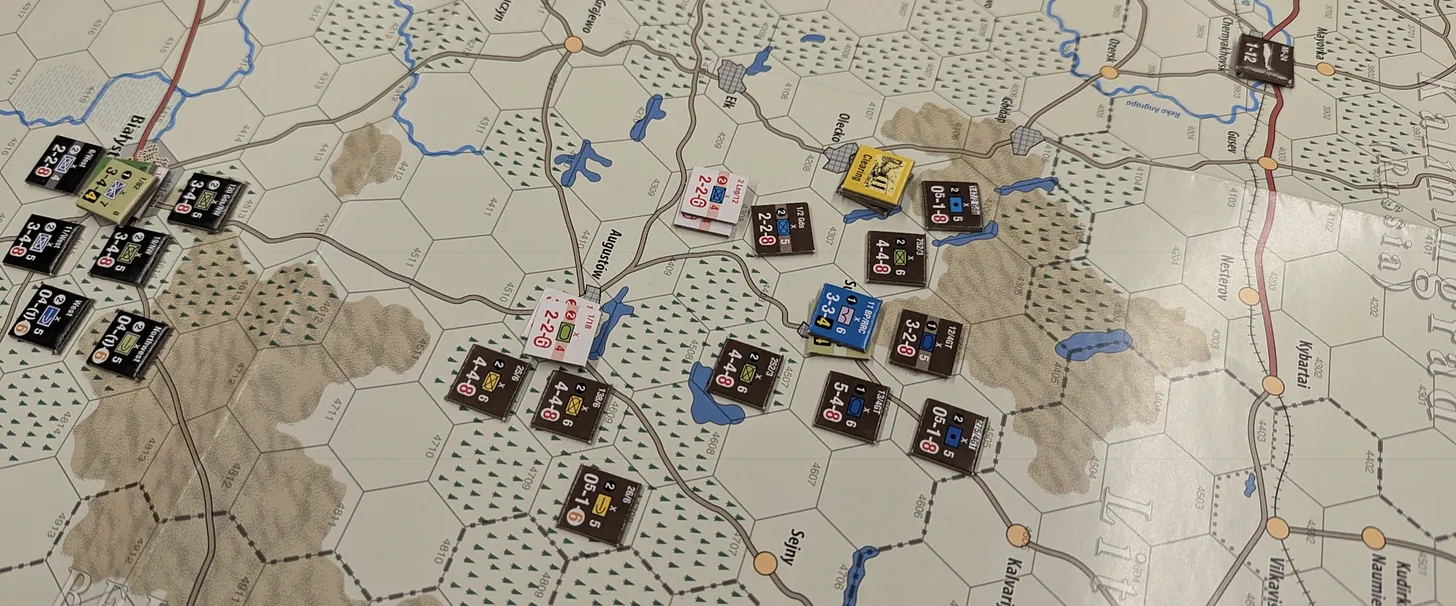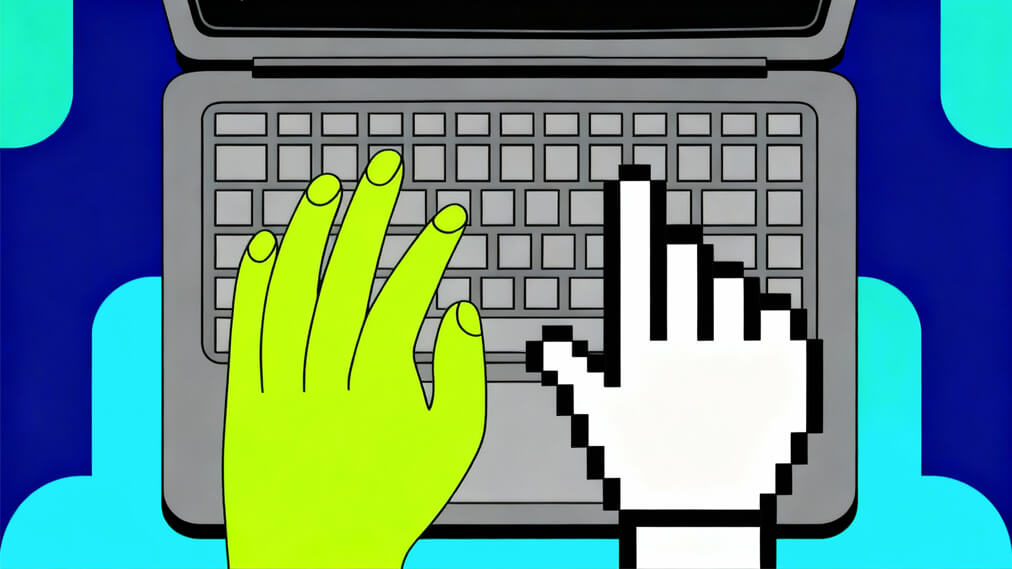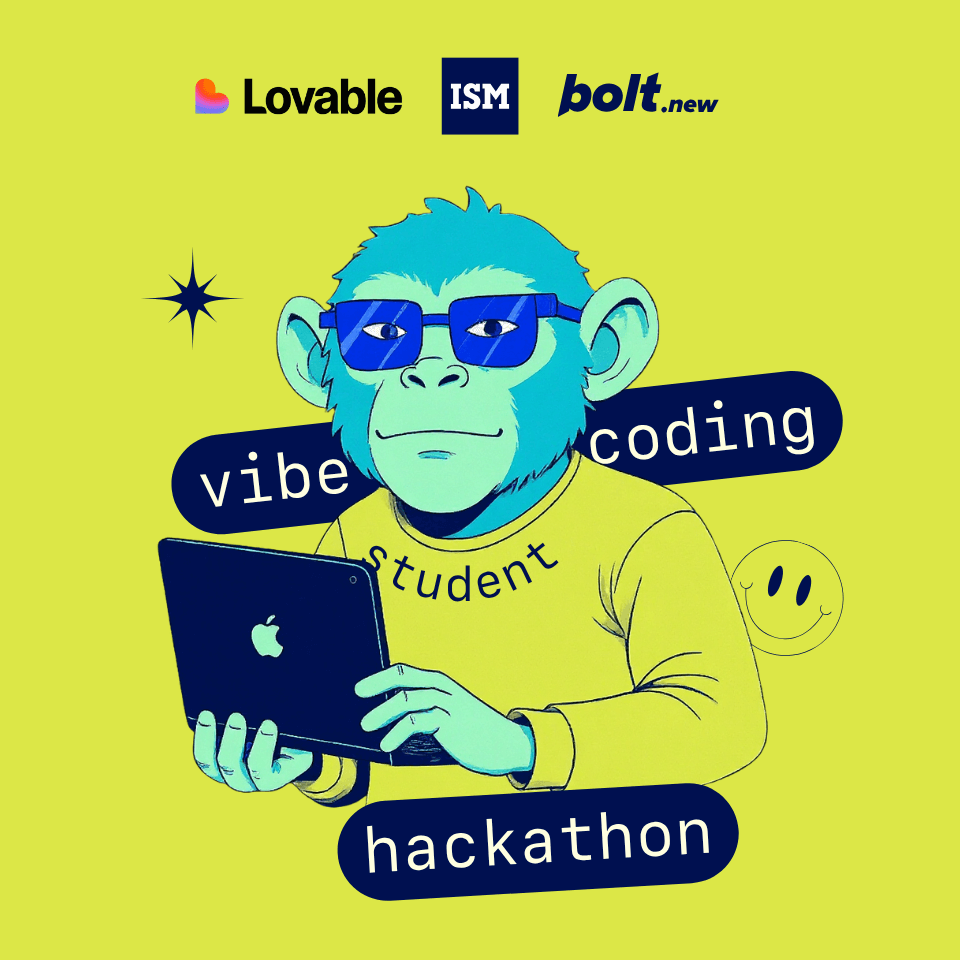With the summer coming to an end, it might seem to be a bit late to do a recap of the previous academic year. However, as the last wargaming activities moved well into July and the new school year is just around the corner, the timing might be quite reasonable. So, just before we start the 2025-2026 season, let’s recap!
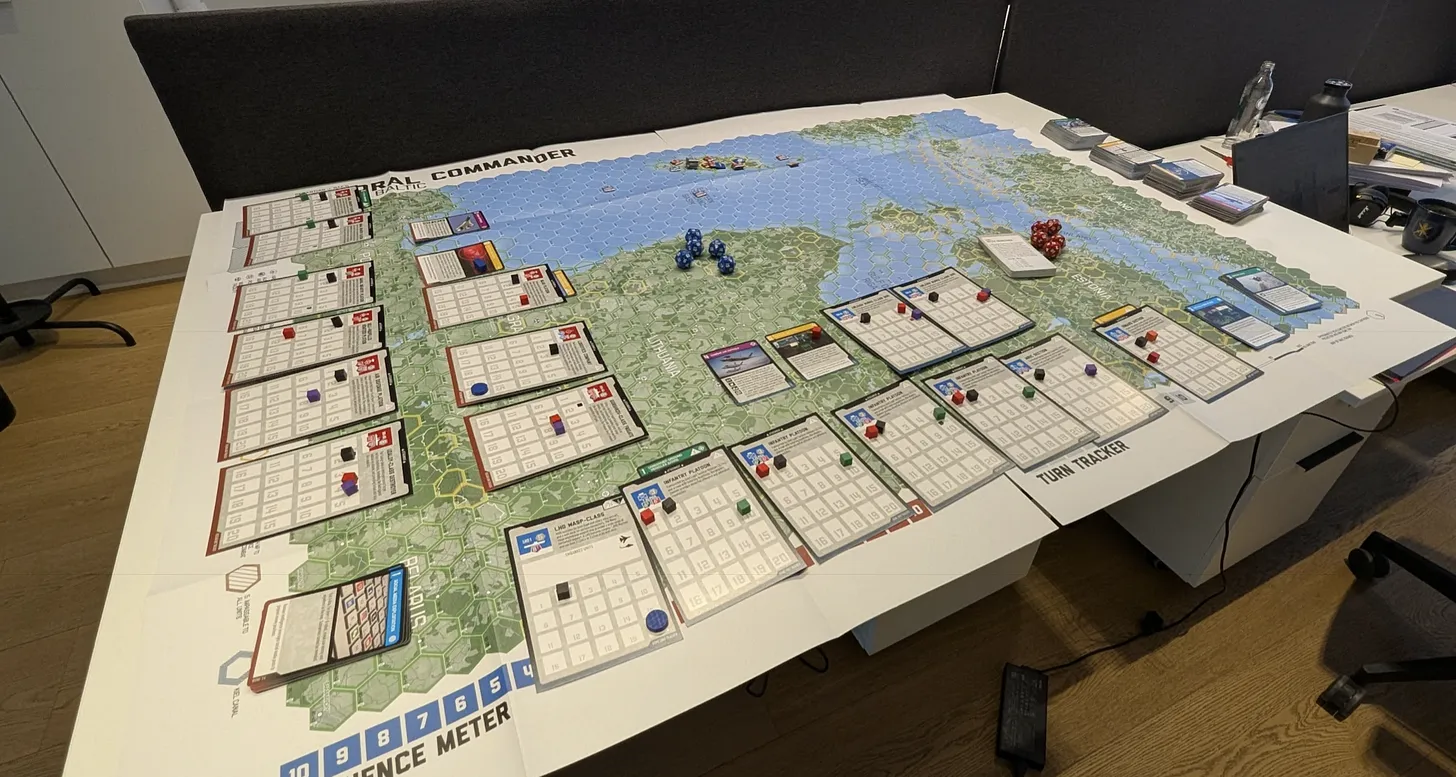
Students’ games
I should start with our students’ games that they worked on during the Spring semester, as it is the most important educational result of the whole year. This time, the class structure was a bit different, with students from several programmes (Economics and Politics, Economics and Data Analytics, and Finance) joining the class. So, what did the games cover?
One of the games focused on the Grand Duchy of Lithuania (GDL) in the 15th-16th centuries and the many competitors surrounding it. While the game puts GDL in the spotlight, trying to defend against four other players, they also don’t want to allow anyone else to advance too quickly in their campaigns, thus creating conditions for economic, political, and military rivalry amongst everyone. This game made by Ainius, Ieva, Luknė, and Viltė also incorporates event cards, and some of those events can be really crushing.
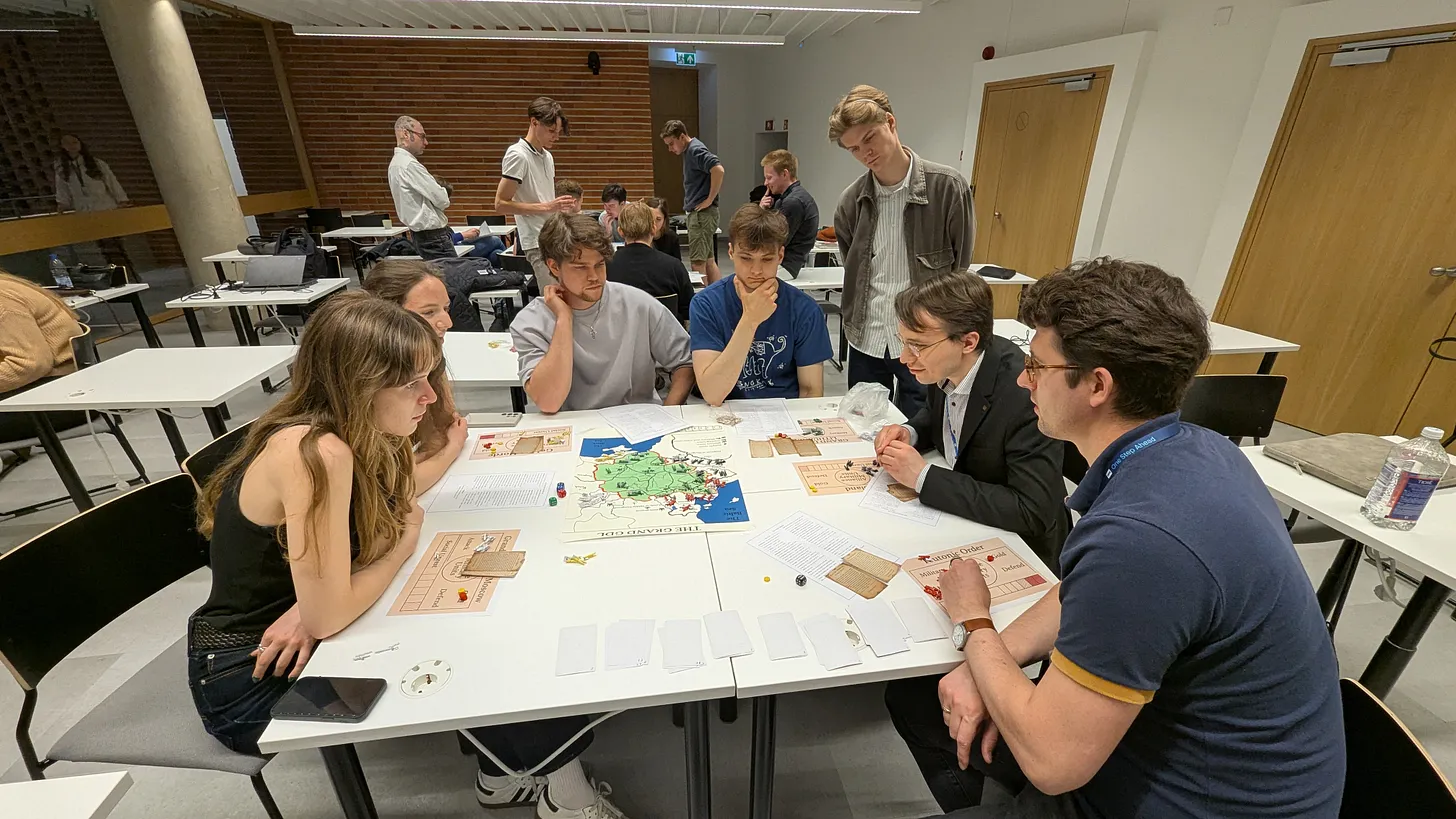
Another game, by Gabija, Lukas, and Rugilė focused on Lithuanian parliamentary elections, pitting two players against each other. There each player represents a political party that tries to earn points to increase their own prestige and to sabotage the rivals by uncovering the scandals associated with it. The game also accounts for the administrative divisions of Lithuania, bringing the game model and the context closer together.
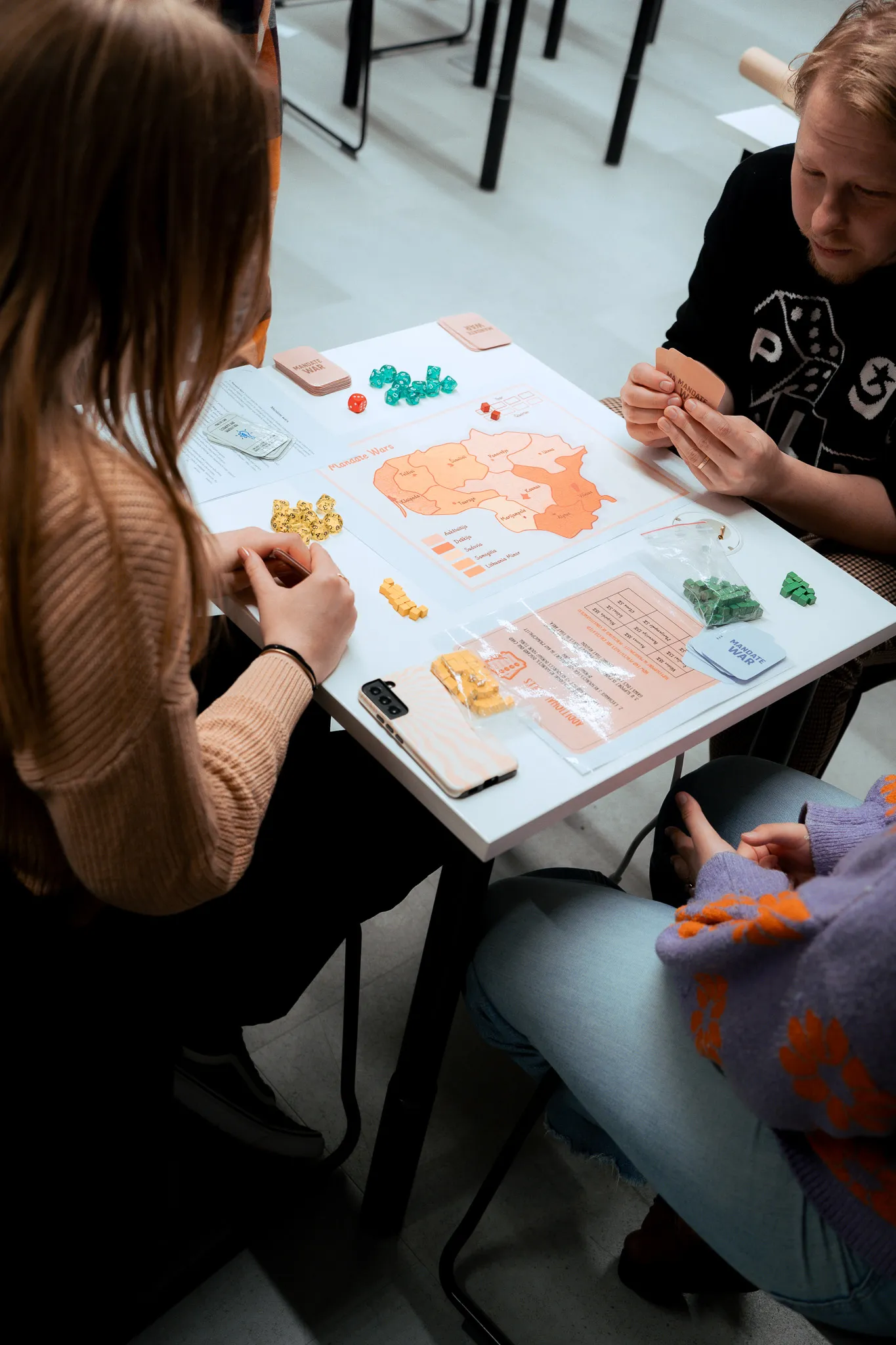
There was one more game focused on Lithuania. Designed by Artur, Gediminas, Rimvydas, and Tomas, the hex-and-counter simulation focused on modern warfare and defense against a potential attack from Belarus and Kaliningrad. The game follows the key characteristics of the genre and includes event cards that can move the scales toward one side or another.
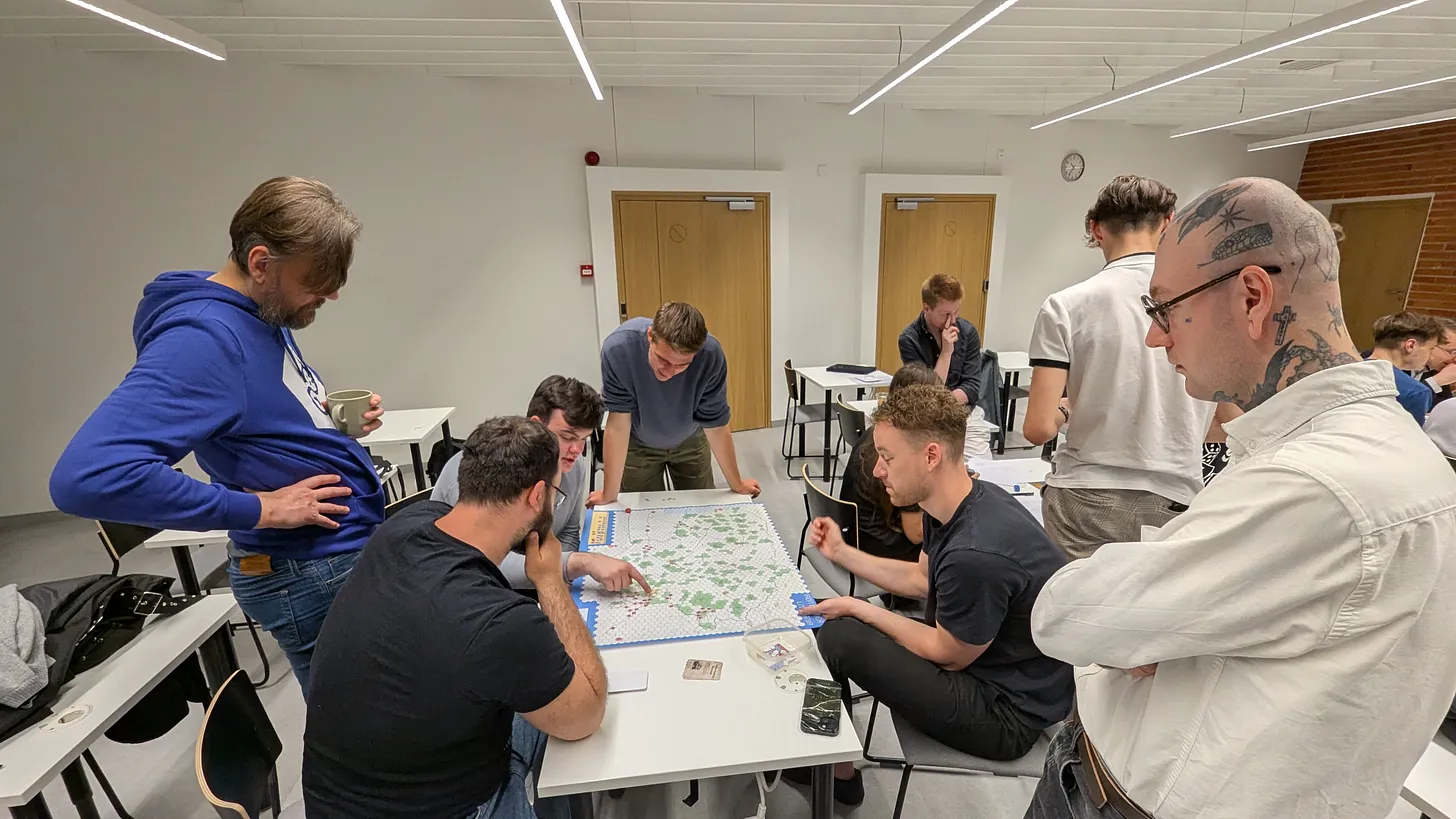
Finally, Aldas, Lukas, and Oskaras chose the Punic Wars as their topic, making a light but intense game where players take the roles of Rome and Carthage and navigate the competition on land and at sea. While the mechanics are simple, cards modify the way the narrative unfolds in an interesting way.
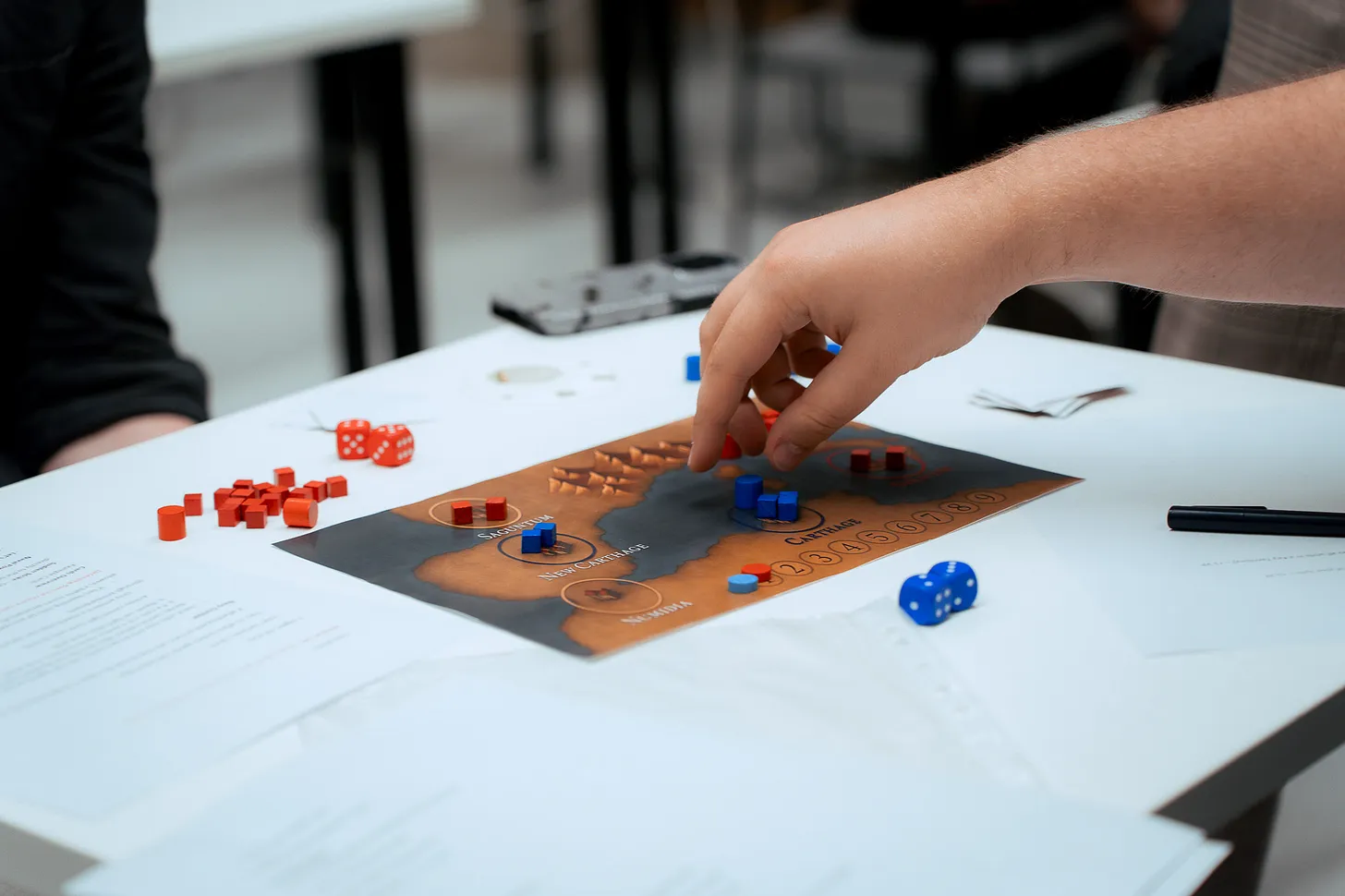
The course culminated in a demo day, where students demoed their games for guests from the faculty and the Lithuanian game industry. The opportunity to showcase the game not only to their peers is a great motivator as well as a source of new feedback for further improvement of prototypes.
Wargaming Lab activities
Of course, wargame prototype development was not the only activity we had this year. In September 2024 the university launched a Wargaming Lab project, so some of the activities came through it.
We started the year with adapting Brian Train’s QUICK Junior system to the Lithuanian context. Originally, the game focused on a fight between NATO platoons and Russian company-size groups (and platoons) in Latvia, while our scenario moved the game to the Lithuanian setting, specifically, the town of Marijampolė. After running it in our Wargaming Lab group, we then facilitated the game at Game On event in Vilnius and used it as an illustration at the Defense Staff.
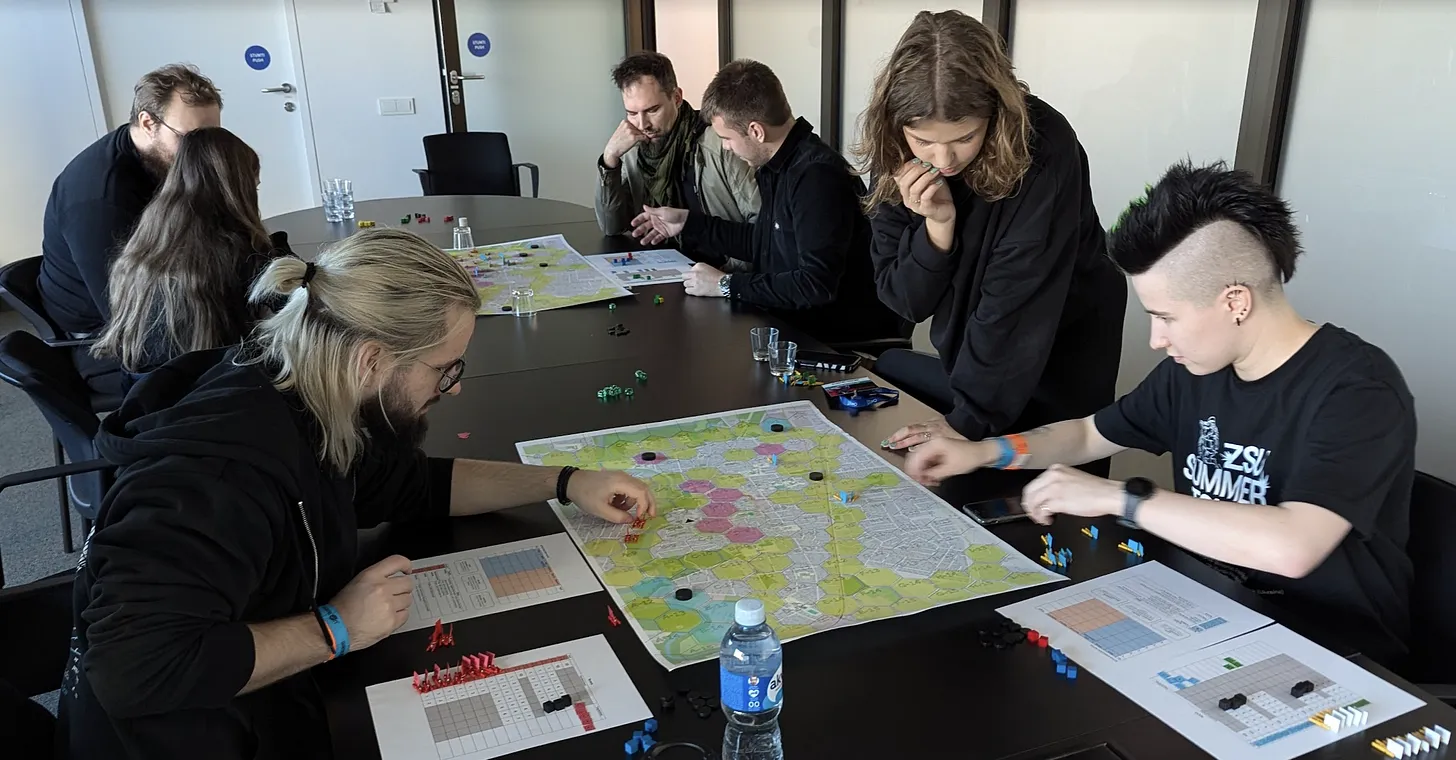
One of the highlights of the year which came at the end of the semester was a joint wargaming summer school in Berlin organized with partners from Germany – The German Wargaminc Centre, CASSIS – Center for Advanced Security, Strategic and Integration Studies, Helmut-Schmidt- Universität der Bundeswehr Hamburg, and Zentrum Informationsarbeit Bundeswehr. The students and recent graduates from ISM had a chance to join their peers and explore design and application of wargames.
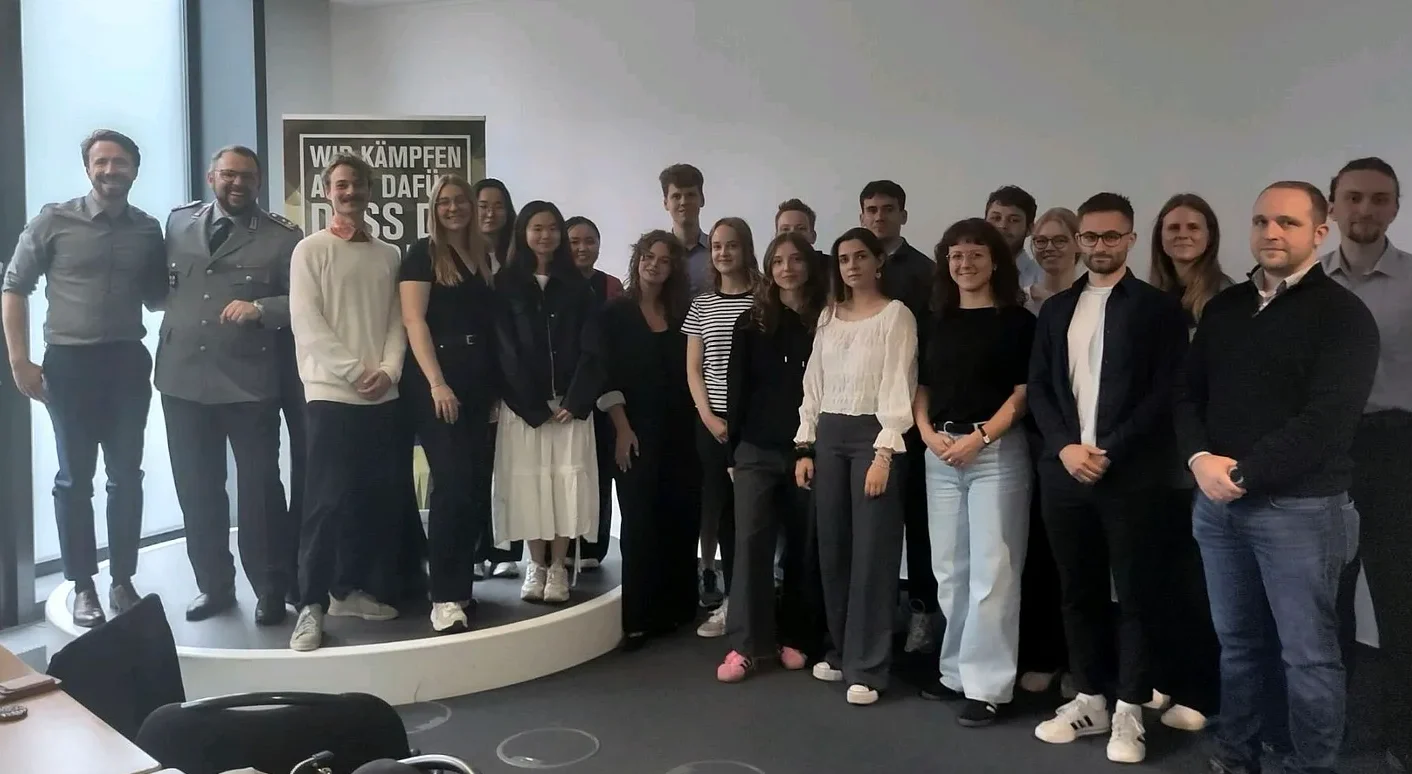
In addition to games focused on security or politics we used an opportunity to run a game in the finance context. ISM participates in an Erasmus+ project ASSET, where students from partner universities come together for an intense study week and solve four case studies during that time. One of those cases focuses on Sustainability, Taxation, and Strategic Decision Making through using matrix game methodology. While the first version of the teaching module was developed in Spring 2024, it was in September that the first cohort of students had a chance to take part in it, to great post-event evaluation of the approach we used.
One of the initial objectives of the Wargaming Lab was establishing relations with similar organizations. To this end, various events helped tremendously. This academic year, the Wargaming Lab activities were presented at Connections UK, Connections Online, Playing War at the University of Regensburg, and Colloque International Game Evolution. There was also an opportunity to further exchange ideas with the academic wargaming group during King’s Wargaming Week, to take part in WISE-AEGIS game at the NATO Civil-Military Cooperation Centre of Excellence in the Hague and explore prototypes for upcoming games at Circle DC convention and Homo Ludens mini-meet-up.
Another objective included raising awareness about the uses of the wargaming methodology. In this case, among other activities, we ran Next War: Poland with a media representative, which came out as a publication about wargaming with an AAR included. Helping to reach a larger audience, some of the articles on our activities were also published in a Japanese wargaming magazine Banzai published by Yasushi Nakaguro (also designer of Port Arthur and 300).
The article is written by Dr. P. Krūminas and retrieved from “Substack“.
